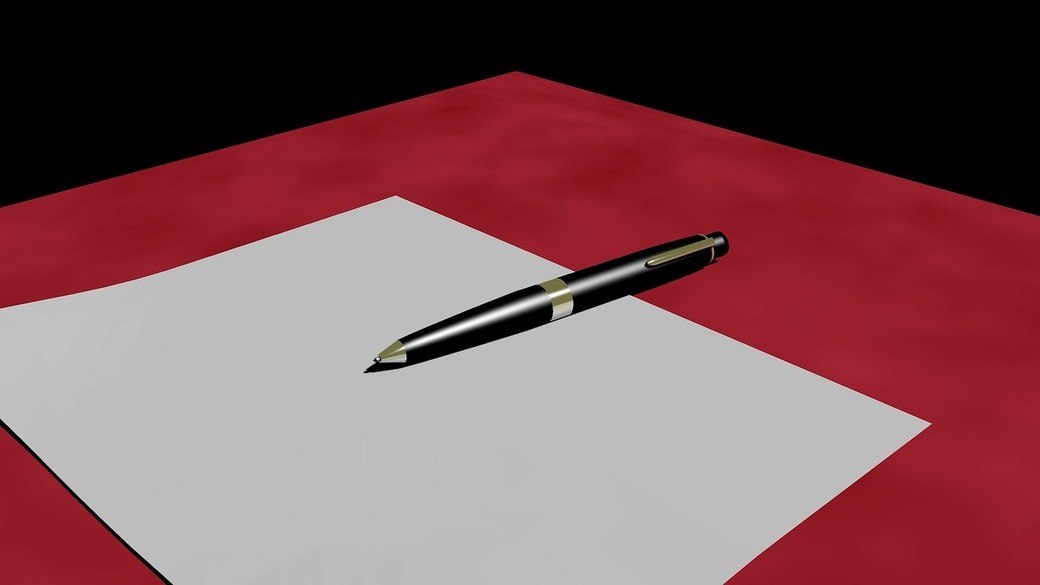
Putting the “Science” in “Science Fiction” – A Wealth of Stealth: The Invisible Woman 2
It has been more than a year since I posted my first blog about the Invisible Woman, and how scientists were trying to replicate her ability to make herself completely invisible by using metamaterials and stealth technology. The ability to make something invisible to the naked eye has been dreamt about for ages, with stories about people who could make themselves disappear from sight going all the way back to Plato’s Republic. Invisibility has been part of the science-fiction genre from its very beginning. From H.G. Wells’ original The Invisible Man, the cloaking Birds-of-Prey in Star Trek, and the personal cloaking devices of Predator and Ghost in the Shell, cloaking has appeared in a wide spectrum of hi-fi sci-fi works. Despite how easy cloaking a person or even an entire spaceship looks in science-fiction, the ability of actual invisibility is extremely difficult to achieve. However, it seems that a recent breakthrough at the University of Toronto may hold the key to creating a functional cloaking device!
Professor George Eleftheriades and PhD candidate Michael Selvanayagam have created a technology that heralds a new age in stealth technology by promising to make an object completely invisible to radar. Their device consists of a series of small antennas that are attached in a loop around an object. These antennas broadcast an electromagnetic field that cancels out radio waves that would otherwise reflect off the object. The system prevents any radio waves from reflecting, making it completely invisible to radar. This system is a marked improvement over stealth technologies that are currently being used or researched, such as modern stealth aircraft, which reduce the number of reflected radio waves to make an aircraft harder to detect and track; and current research into the use of metamaterials to create stealth technology, which rely on thick and heavy coatings of expensive materials to create the stealth effect. The antennas that the system uses are small and lightweight, allowing them to be easily installed without major increases in weight or complexity. The antennas also do not require an increase in size in order to cover a larger object, unlike metamaterials.
Although this new technology may seem to have strictly military applications, its creators are optimistic about its use in civilian life. They believe that by incorporating this technology into large structures, the interference they provide to cellular and radio reception can be removed, increasing signal strength.
This technology is a breakthrough that will protect military vehicles from enemy detection, but the possible future versions of this technology are even more exciting. The inventors theorize that the system can be used to hide vehicles from radar. It could even be used to manipulate incoming radar signals to create a false image. By controlling the way radio waves are reflected, the device could trick enemy radar emitters into reporting the vehicle as larger or smaller than it actually is, or even showing it as being in a completely different location. The system is already capable of this feat when the electromagnetic wave is manually adjusted, but improvements could allow this process to be performed automatically. Even more exciting is the possibility that this system could actually be used to make objects invisible to normal vision. By using a larger number of even tinier antennas, the device’s inventors believe that it could be used to manipulate visual light in order to hide an object from view entirely. If these two possibilities are combined, it may even be possible to use this technology to create three-dimensional holograms.
As improvements to this technology occur, it will be intriguing to see what new possibilities appear. However, as exciting and amazing as this technology may become, we must always remember that the most important thing about any invention is how it is used.












